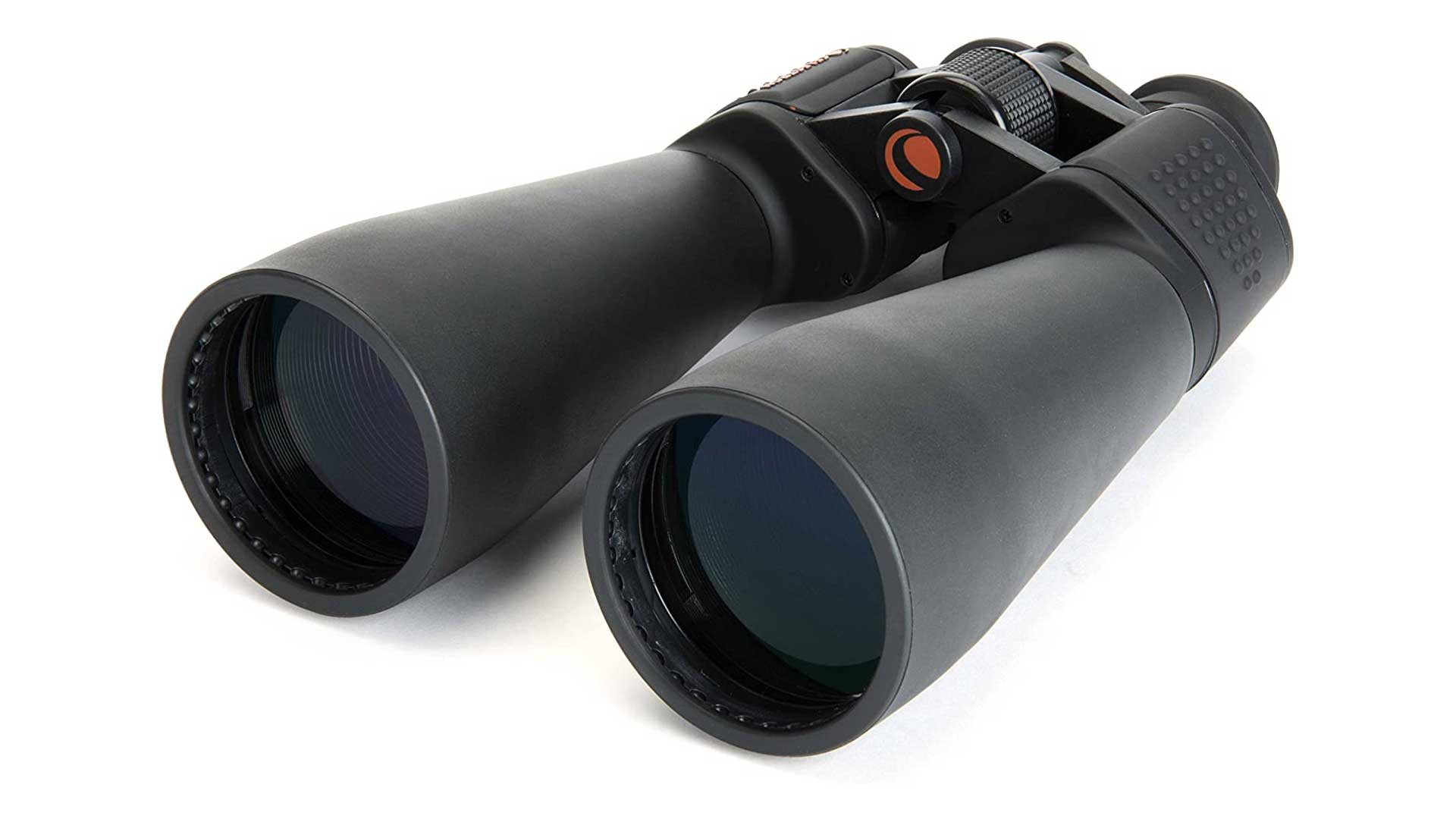If you’ve tried to buy a pair of the best binoculars for stargazing in recent months you’ll know that prices are sky-high. In fact, all shapes, sizes and price points of binoculars for kids and adults are about 30% higher now compared to last year. Why have binoculars become so expensive? What’s the best time of year to buy binoculars at a discount? And how can the savvy stargazer pay less than astronomical prices for their next pair of binoculars?
Picking the right binoculars in the first place can be daunting to the uninitiated so check out how to choose binoculars for astronomy and skywatching first. In the meantime, here’s everything you need to know about why the price of binoculars are rising, why they’re hard to get hold of, and what to do about it.
Why the price of binoculars are rising
A perfect storm of increased demand and restricted supply issues has led to most manufacturers of binoculars putting up their prices in 2022 and unable to meet demand. “COVID-19, the rising cost of raw materials and higher shipping costs are all having an impact,” said Neil Hawkins, owner of binocular-seller Tring Astronomy Centre in the UK and chairman of the Wycombe Astronomical Society. “The whole supply chain is on its head and we’re seeing prices continually increasing.”
Although rising costs of raw materials such as magnesium, aluminum and stainless steel are having an effect on the price, it’s largely a supply issue, with resellers having to grab stock when it’s available. However, amateur astronomers should also brace themselves for even higher price rises to come thanks to the ongoing rise in the cost of fuel.
It comes on the back of a boom in astronomy and binocular sales during the COVID-19 lockdowns when people, trapped at home, found a new hobby to do safely from their own backyard. “It was Christmas-busy during those first few months of lockdown in 2020, precisely when the factories in China shut down,” Hawkins said.
When factories in China reopened there was a shortage of the raw materials required and they couldn’t produce at the level that they were able to in the past. The industry is still trying to play catch-up, and with warehouses empty and stock now coming in sporadically, it’s led to rising prices for binoculars. The situation is even more acute for telescopes, which have more electrical components; you might wait nine months for the best telescopes to come back into stock.
When and where to get a good deal on binoculars

There’s no easy answer to this, but some manufacturers appear to be more affected than others.
“September and through the winter months is typically the boom period for the astronomy industry, when the nights are long, so consumers can potentially get a better deal when sales are a bit slower,” Hawkins said. “But that was two or three years ago.” A lot has happened to global supply chains since then.
In recent months, there have been significant price increases from Celestron and SkyWatcher, two of the major brands, while Hawkins reports current and imminent availability for binoculars from brands including Hawke, Vortex, Opticron, SkyWatcher and Helios.
Expect to see peaks and troughs in availability for all brands over the next few months at least, with many deliveries simply satisfying backorders. Any specific pair of binoculars will normally come into stock for a couple of weeks before being completely impossible to get hold of for a month or two. So you can either ring around to find out if a particular pair of binoculars is in stock, or place an order and wait patiently.
How to save money on binoculars

Look out for discounts and only buy what you need. Our guide for the best binocular deals has an overview of what’s on offer right now. Another good way of saving money is to go for smaller, lightweight binoculars.
Those just starting out in astronomy often go straight for large astronomy-centric 15×70 or 25×100 binoculars, which need to be mounted on a tripod, so don’t get as good a view of planets and deep-sky objects as a telescope. A good way to save money is to opt for a smaller, hand-held pair of binoculars such as 10×50, thereby saving you the cost of a tripod — and still getting you a decent view of objects like the moon and the Andromeda Galaxy.
Another great way of saving money is to opt for the most affordable genre of binoculars — Porro prisms.
“This more traditional binocular has a dogleg design and they’re perhaps a little bit more affordable for manufacturers to make that roof prism, so you can get more binocular for your money — and you also get a slightly more 3D-type of view of the night sky,” Hawkins said.
You could also forgo expensive coatings on the glass, which reduce reflections and allow more light to pass through the glass, but shouldn’t be seen as a deal-breaker; the law of diminishing returns does kick in for higher-end binoculars.
Yes, binoculars are getting more expensive, and prices may be heading in the wrong direction for some months to come. However, with patience and a careful choice, it’s still possible to get a great pair of binoculars for stargazing for under $100.
You may have to wait, but patience is a valuable commodity in astronomy. After all, the night sky and its wonders will happily wait for you.
Follow us on Twitter @Spacedotcom and on Facebook.

